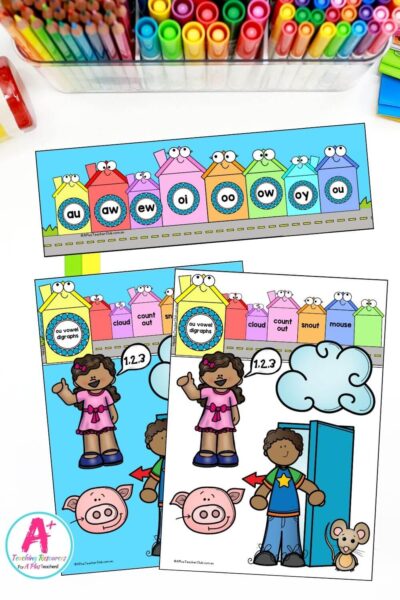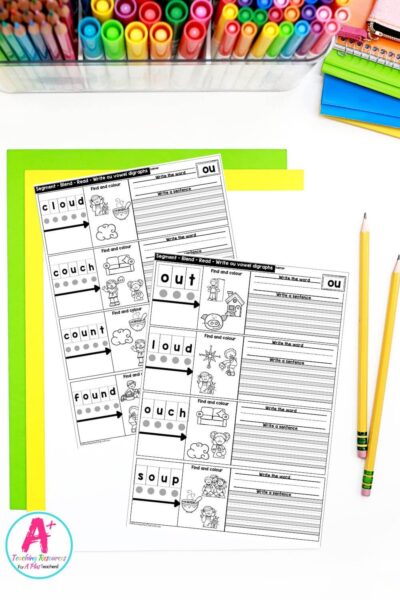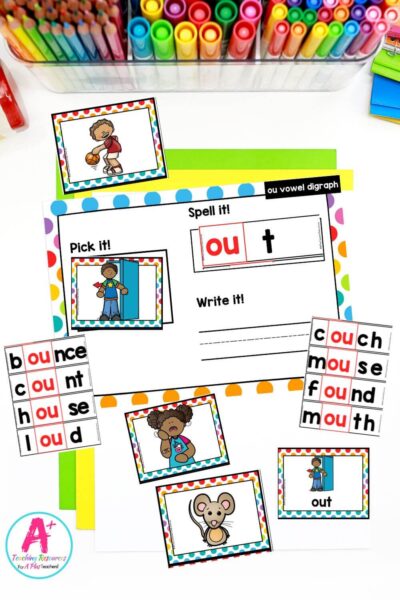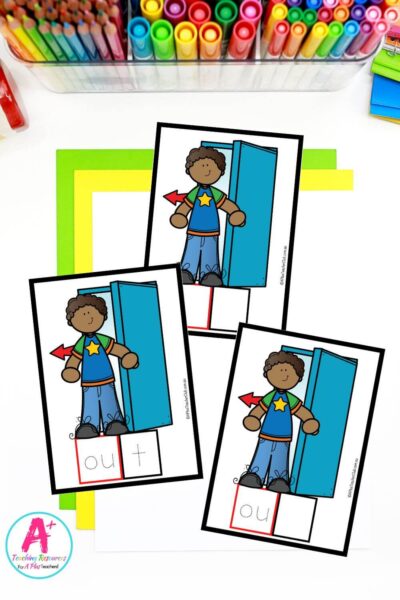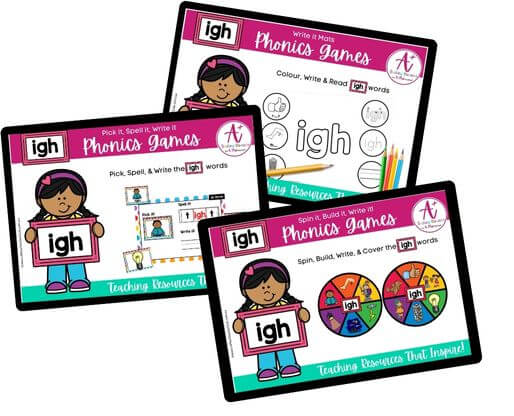ou Digraph Activities
Phonics, Spelling, & Grammar Resources
Understanding the ‘ou’ Sound in Phonics: Vowel Team or Diphthong?
The English language can be tricky for young learners, especially when it comes to sounds that seem simple at first glance but hold deeper complexities. The ‘ou’ sound is one such example, often presenting challenges for both students and teachers alike. But what is ‘ou’? Is it a vowel team or a diphthong, and why does it matter in teaching phonics? Let’s dive into this essential phonics topic and our ou Digraph Activities Collection!
What is the ‘ou’ Sound?
The ‘ou’ combination can represent several sounds in English, depending on the word and its context. Here are the most common pronunciations:
- /ou/ as in house
- /oo/ as in you
- /ŭ/ as in touch
- /aw/ as in bought (less common in Australian English)
- /ō/ as in soul
This variety makes ‘ou’ a versatile but often confusing sound for learners.
List of ‘ou’ Words
We have put together a stack of teaching resources to help you teach the ou digraph. Click + for a list of the ou vowel digraph words
Vowel Team or Diphthong?
To clarify, let’s define these terms:
- Vowel Team: Two or more vowels working together to represent a single sound. For example, ai in rain makes the long /ā/ sound.
- Diphthong: A single vowel sound where the tongue glides from one position to another within the same syllable. For example, the /ou/ in house is a diphthong because it involves a glide from /ah/ to /oo/.
So, is ‘ou’ a vowel team or a diphthong?
- It depends on the word! In words like house, ‘ou’ is a diphthong. However, in words like soul or you, it acts as a vowel team, representing a stable single sound.
Why Do We Teach ‘ou’ sound?
Teaching the ‘ou’ sound is crucial for literacy development because:
- High Frequency in Words: The ‘ou’ pattern appears in many common words, making it essential for reading fluency.
- Foundation of Spelling Rules: Understanding how vowel teams and diphthongs work helps students decode and spell unfamiliar words.
- Building Confidence: Mastering tricky sounds like ‘ou’ boosts student confidence in tackling the complexities of English.
Common Difficulties with the ‘ou’ Sound
- Multiple Pronunciations: The variety of sounds can confuse students. For instance, the ‘ou’ in house is different from soul or touch.
- Inconsistencies Across Words: English is not always logical! Words like should and soup use ‘ou’ in seemingly unpredictable ways.
- Auditory Processing Challenges: Some students struggle to distinguish the subtle differences in how ‘ou’ sounds in various words.
How to Teach the ‘ou’ Sound
Using structured ‘ou vowel digraph activities’ helps students navigate these challenges.
1. Group Words by Sound
Create word lists for each pronunciation:
- /ou/: house, cloud, about
- /oo/: you, soup, group
- /ŭ/: touch, double, trouble
- /ō/: soul, though, mould
2. Use Visual Supports
Colour-code ‘ou’ in words to highlight patterns and make connections easier for students.
3. Make It Interactive
Use rhymes, songs, and games to reinforce learning. Sorting games or scavenger hunts can engage students and improve retention.
4. Provide Explicit Instruction
Teach the difference between vowel digraphs and diphthongs clearly, with plenty of examples.
Examples for Practice
For practice, present examples of ‘ou’ words, such as: /ou/ (out, round, cloud), /oo/ (you, soup, youth), /ŭ/ (touch, double, country), and /ō/ (soul, mould, though) and encourage students to sort these words into sound groups and practise reading them aloud.
- /ou/: out, cloud, round, about
- /oo/: you, soup, group, youth
- /ŭ/: touch, double, trouble, country
- /ō/: soul, though, mould
Here are some simple low-prep ideas for activities:
- Sorting Game: Have students sort ‘ou’ words into sound groups.
- Word Art: Students decorate words containing ‘ou’ to reinforce spelling.
- Word Hunts: Find ‘ou’ words in a storybook or classroom environment.
- Rhyming Fun: Use rhyming words to practise the /ou/ sound (e.g., mouse, house, louse).
Helping Students Master the ‘ou’ Sound
Through carefully designed ‘ou vowel digraph activities’, students can develop the skills to decode, spell, and read with confidence. By focusing on patterns and providing plenty of opportunities for practice, teachers can help young learners master this tricky sound. The key is consistency, creativity, and creating a fun, engaging learning environment. With the right support, students will be well on their way to becoming confident readers!
Resources listed in this collection
Click to jump to...ou Vowel Digraph Activities
Explore tags
More Digraph Activities

ue digraph

Vowel Teams
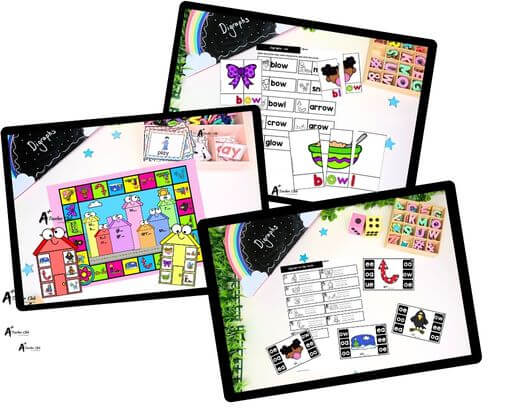
ow digraph
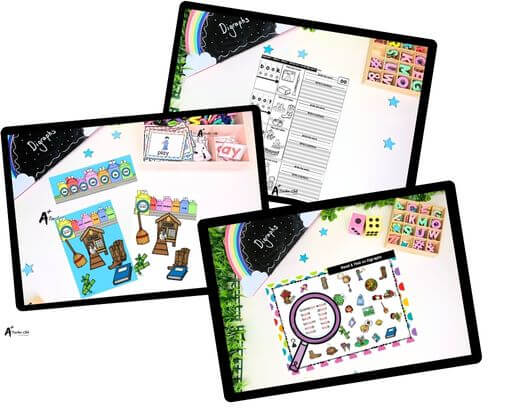
oo digraph
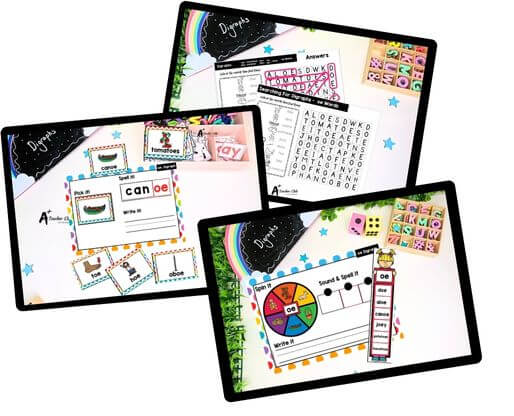
oe digraph

oa digraph
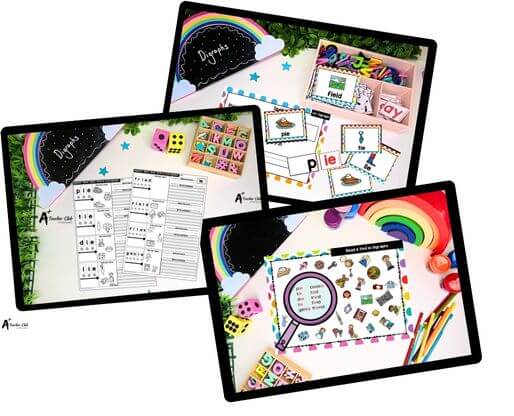
ie digraph
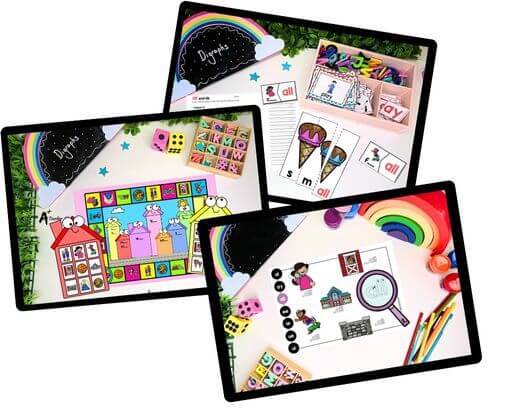
all digraph
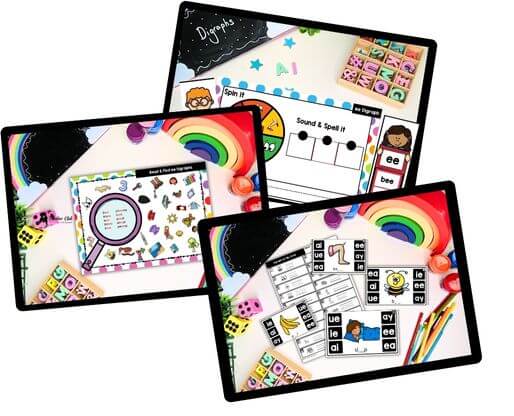
ee digraph
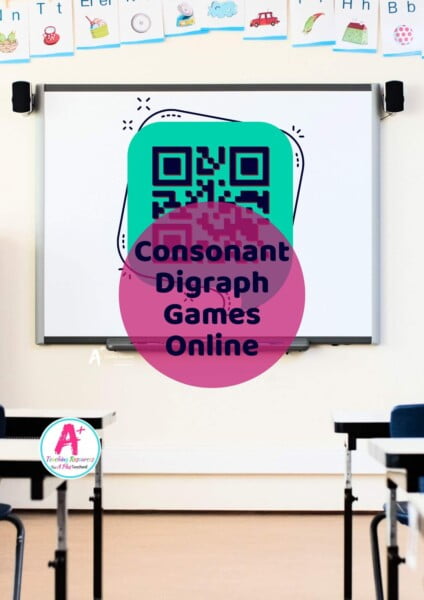
Digi Consonant Digraph Games

Browse Our Digraph Activities Collection
Can't find what you're looking for?
Send us a request! Use this form to request a resource. Please give details of the learning area, topic, year level, curriculum links. We’ll be happy to take a look to see if we can fit it in. Unfortunately a request does not guarantee we will be able to make it!
"*" indicates required fields



